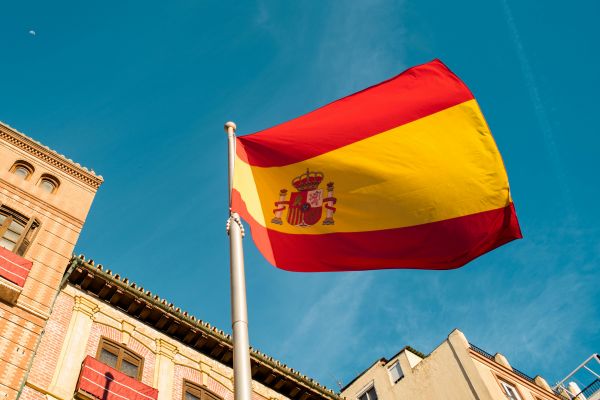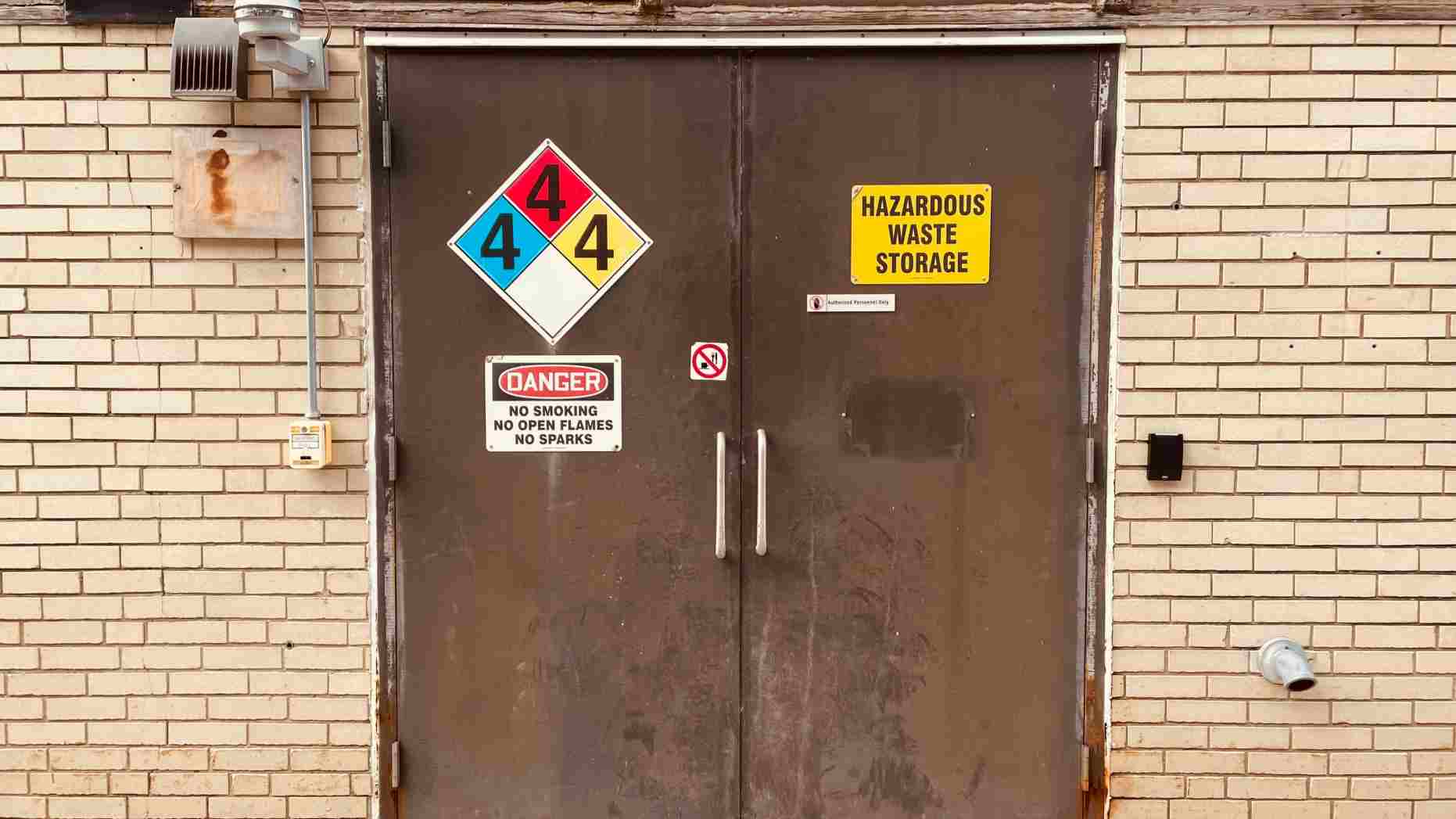Packaging EPR and its implications on cosmetics sellers in Europe
Europe with its 450+ million e-commerce consumers and high purchasing power is an attractive market for selling cosmetics. However, with its strict regulations, it is also a challenging one. Amongst the most complex legislations in the EU is the packaging waste EPR and its implications on cross-border e-commerce. If you sell or plan to sell your cosmetic products in Europe, we have summarised everything you need to know about packaging waste laws in this article.
What is “extended producer responsibility” (EPR) for packaging waste?
Extended Producer Responsibility (EPR) is a policy approach that holds producers responsible for managing the entire lifecycle of their packaging. This includes the collection, recycling, and safe disposal of packaging waste. The goal is to shift the burden of waste management from local authorities to the producers, incentivizing them to design more sustainable packaging and promote recycling. EPR has also created financial incentives to reduce overall packaging waste.
EPR programs typically involve producer responsibility, collection infrastructure, recycling targets, and financial contributions from producers. The aim is to create a more sustainable and circular economy by reducing packaging waste and promoting recycling.
A brief history of packaging EPR
The first EPR policy was implemented in Germany in 1991. It was known as the “Packaging Ordinance” (German: “Verpackungsverordnung”). The law marked a significant milestone in the adoption of EPR principles. The Packaging Ordinance introduced mandatory producer responsibility for packaging waste and required producers to participate in a dual system for collection and recycling.
This policy served as a model for subsequent EPR programs implemented in various countries around the world. It was adopted by the EU packaging waste directive and introduced in all of the EU member states, as well as the UK, Switzerland, Norway, and several other countries.
As a consequence, all EU member states have their own packaging waste laws, which differ from each other in various aspects. This leads to great difficulties, especially for cross-border e-commerce outlined hereinafter.
Why the word “producer” is misleading
It’s important to clarify that the focus of EPR legislation is not solely on packaging producers, as it may initially seem. In European EPR laws, the term “producer” actually refers to the manufacturer or importer of products that are packaged. In many cases, it is the cosmetics brands themselves who bear the responsibility for EPR compliance. Alternatively, the obligations may fall upon online sellers who import and sell products from various cosmetics brands within the EU.
In the following sections of this article, we will delve into several real-life scenarios and analyse which businesses are obligated to adhere to EPR requirements. However, one thing remains consistent: it is almost never the producer of empty packaging who is responsible, but rather the entity that introduces packaged goods into the market.
Is my business affected by EPR?
Not every business selling cosmetics in the European Union is automatically affected by the EU packaging waste directive. There are different scenarios which may lead to legal obligations either for your business or for your customers. And in a world of international cross-border e-commerce, EPR legislation gets particularly confusing. Let’s take a look at the most common cases:
EPR for business-to-consumer versus business-to-business
It’s important to consider whether you’re selling directly to private consumers (b2c) or to other businesses (b2b), such as distributors or retailers who further sell your products. EPR laws differ for each scenario and can have an impact on your obligations.
When selling b2c, it’s crucial to familiarise yourself with the EPR laws in each of your target countries. Private consumers can never be held responsible for EPR compliance, so as a seller, it becomes your responsibility to ensure compliance.
For b2b sales to retailers or distributors, it’s essential to differentiate between national sales within the same country and cross-border sales to business customers in another country. The EPR obligations may vary depending on the specific regulations of each country involved.
Businesses outside the EU versus inside the EU
As mentioned earlier, EPR obligations for packaging waste are primarily on the (local) manufacturer or importer. While EU-based cosmetics brands are usually affected at least by the EPR laws in their own country, non-EU brands are typically only obligated for EPR-registrations in the EU if they sell direct-to-consumer, or if they have a subsidiary in one or more EU member states. In the latter case, the EU subsidiary is obligated to fulfil the local EPR obligations.
We have already learned that the major exception is when businesses sell direct-to-consumer. Even if your business is not based in the EU and the parcel is shipped from outside of the EU to the consumer in the EU, your business must fulfil the local EPR requirements of your customer’s country.
The same is true for different countries within the EU. All member states are sovereign nations with their own distinct laws. Therefore, a French business selling to customers in Germany is only required to follow the German packaging law when it sells direct-to-consumer, or when it has a registered office in Germany. If the French business sells to a distributor in Germany (b2b), the German distributor as the importer is obligated to follow the German EPR law.

Selling cosmetics on marketplaces in Europe
Starting in 2022, several EU member states have started to adjust their packaging waste and EPR legislation to include online marketplaces in the scope. Amazon and other marketplaces have since then started to collect the sellers’ “EPR registration numbers”, to verify whether sellers on the platform have a valid EPR registration.
Nevertheless, even before marketplaces asked for EPR-numbers and even in countries where Amazon does not yet require the sellers’ EPR-number, it is still a legal obligation of the seller to follow local EPR laws when selling direct-to-consumer via marketplaces.
Nevertheless, even before marketplaces asked for EPR-numbers and even in countries where Amazon does not yet require the sellers’ EPR-number, it is still a legal obligation of the seller to follow local EPR laws when selling direct-to-consumer via marketplaces.
EPR in dropshipping – who is affected?
Dropshipping is a retail fulfilment method where online sellers don’t keep the products they sell in stock. Instead they transfer customer orders and shipment details to a third-party supplier who directly ships the products to the customer.
If the transaction is cross-border, the EPR obligations are on the dropshipper, who is the seller on the invoice to the customer. Be sure to get all data on the packaging from the third-party supplier to be able to fulfil your EPR obligations as a dropshipper.
Examples of common scenarios
Since the topic is rather abstract, let’s have a look at some common scenarios from the real world:
Scenario 1: A Chinese cosmetics manufacturer sells products to a cosmetics brand in France
A lot of beauty products are produced by manufacturers in Asia and marketed by cosmetics brands in Europe. In this scenario, the Chinese manufacturer exports products to a French business, and the French business must fulfil the EPR obligations in France (and possibly other countries).
Scenario 2: A Korean cosmetics brand sells products via their webshop or on Amazon to a French consumer.
If the sale is cross-border direct-to-consumer, obligations for EPR are always on the seller’s end. In this case, the Korean brand must register with French EPR schemes.
Scenario 3: The French brand from scenario 1 sells their products to retailers and distributors across the EU.
In this situation, the retailers and distributors in different EU member states are impacted by their respective national EPR laws, rather than the French brand. However, the French brand can make adjustments by reducing the volumes they export and declaring them to the French EPR scheme. If the retailers and distributors are located in France, then it is still the responsibility of the French brand to report these volumes to the French EPR scheme. This is because the brand is the original importer and the first entity to introduce packaged products onto French territory.
Scenario 4: An American beauty brand sells cosmetics to distributors and retailers in France.
Unless the American brand has their own sales office in France, which acts as the importer and reseller of their products, obligations are again on the French importers.
Prioritizing Consumer Safety: European Cosmetic Labelling Rules
In Europe, cosmetic product labelling adheres to stringent guidelines outlined in EU Cosmetic Regulation (EC) No 1223/2009. These regulations require comprehensive ingredient lists, clear usage instructions, allergen identification, and prominent safety warnings. These measures are in place to safeguard consumers and provide them with essential product information.
EPR and packaging recycling labelling obligations
Even in scenarios like this, where the non-European brands are not directly obligated by European EPR laws, they should still follow the Italian labelling regulations or affix the French Triman Logo on their packaging. Otherwise these products cannot be marketed by retailers and distributors in the EU.
As you can see from the scenarios above, the easiest way (to avoid EPR obligations) is always to build a sales network through distributors. The scenario with the greatest amount of regulations to follow is when you sell internationally direct-to-consumer via an own webshop or online marketplaces.
If you are still uncertain whether you are affected by EPR in the EU, you can use this free compliance check tool from Ecosistant.
Ecosistant is a partner of Taobe Consulting, and all clients of Taobe are entitled to a special discount on all of Ecosistant’s services. Reach out if you are interested in getting a discount.
EPR obligations for cosmetics packaging in Europe
If you are affected by EPR, keep in mind that obligations differ by country. The general approach of most European countries can be summarised in a 4-steps-plan:
1. registration in a producer register
Most, but not all of the EU member states, have “producer registers” or “waste registers”, to add transparency. Every business that is affected by EPR must be registered. However, different countries have very different processes.
In Germany, for instance, each business is required to register themselves in the LUCID packaging register.
In France, you can entirely skip this step and directly head to step 2, because the EPR-scheme registers their contract partners with the national Ademe-register.
In Austria, on the other hand, foreign businesses cannot register directly with the national producer register, but need to appoint an authorised representative for packaging waste. This is a natural or juristic person located in Austria that takes over the responsibility and liability from the foreign producer.
2. contract with a EPR-scheme or recycling-scheme
Although it is technically possible to set up your own nation-wide certified recycling scheme and fulfil all obligations in each country by yourself, the amount of work would be absurd. Therefore, it makes sense to simply sign a contract with an established EPR scheme in each country.
EPR schemes are often non-profit organisations which manage the waste collection and recycling on a national level. They ensure proper waste management in alignment with EU recycling targets.
3. annual, quarterly, or monthly data declarations
After joining an EPR scheme, you are required to declare the packaging volumes you place on the market. Depending on the country and volumes, these declarations must be done each calendar year, once per quarter, or sometimes monthly.
In order to be able to declare your packaging volumes correctly, you must gather all relevant data within your supply chain. First, it is important to know the material and weight of each type of packaging you use. While some countries want to know the total amount of paper packaging and plastic packaging in metric tons, others may require more detailed data. Which polymer is your plastic packaging? How many kilograms of LDPE did you put on the market? How many kilograms of PP? The more detailed your statistics on packaging waste are, the better.
It is also important to differentiate between the different types of packaging: What is the weight of your primary, secondary, and tertiary packaging? Primary packaging is the immediate product packaging. Secondary packaging is group packaging, for instance the plastic foil grouping 4 units of your product together. Tertiary packaging is packaging used for protection during transport or deliveries, for instance carton boxes or shipping bags.
4. payment of recycling fees
Depending on the amount of packaging put on the market, you will need to pay fees for the recycling of your packaging. EPR schemes use these fees to finance the waste collection and management. The fees obviously depend on the weight and type of material – a sort of incentive to reduce overall packaging and use recyclable options.
Some countries may have additional obligations, such as education campaigns for recycling. However, these obligations are typically met by the EPR schemes and do not directly affect cosmetics brands. Funding for such campaigns is included in the EPR fees which the producers and brands pay.
Outlook of packaging EPR in the EU
Due to the sovereignty of each member state, EPR legislation in the EU is highly complex. Ambitious recycling targets have increased the pressure on EPR schemes in recent years. And new actors for market surveillance, such as online marketplaces and fulfilment providers, have made it more difficult for cosmetics brands and e-commerce sellers to illegally sell products without valid EPR registrations.
The EU has recently published a draft of a new packaging waste regulation (the final version has now been published here). Although this regulation is supposed to bring a certain amount of harmonisation, the core principle of EPR-registration in each member state and the consequent complexity remains unchanged.
To avoid legal risk and save time on EPR registrations and declarations, many successful brands rely on experienced EPR consultants like Ecosistant.
Ecosistant is a partner of Taobe Consulting, and all clients of Taobe are entitled to a special discount on all of Ecosistant’s services. Reach out if you are interested in getting a discount.
About the author
Andreas Landes, Co-Founder & CEO Ecosistant GmbH
Andreas is passionate about creating a more sustainable e-commerce environment. Facing the challenge of fulfilling EPR (“extended producer responsibility”) laws across Europe in his role as Operations Manager for a major fashion e-commerce player, he decided to co-found Ecosistant.eu to help simplify the task for others.
Ecosistant is a tech-startup and consulting agency located in Berlin, Germany, and acts as a node point between recycling schemes and e-commerce sellers. Since 2020, Ecosistant has helped thousands of e-commerce and Amazon sellers fulfil their legal recycling obligations and obtain their EPR-registrations across all European markets.



